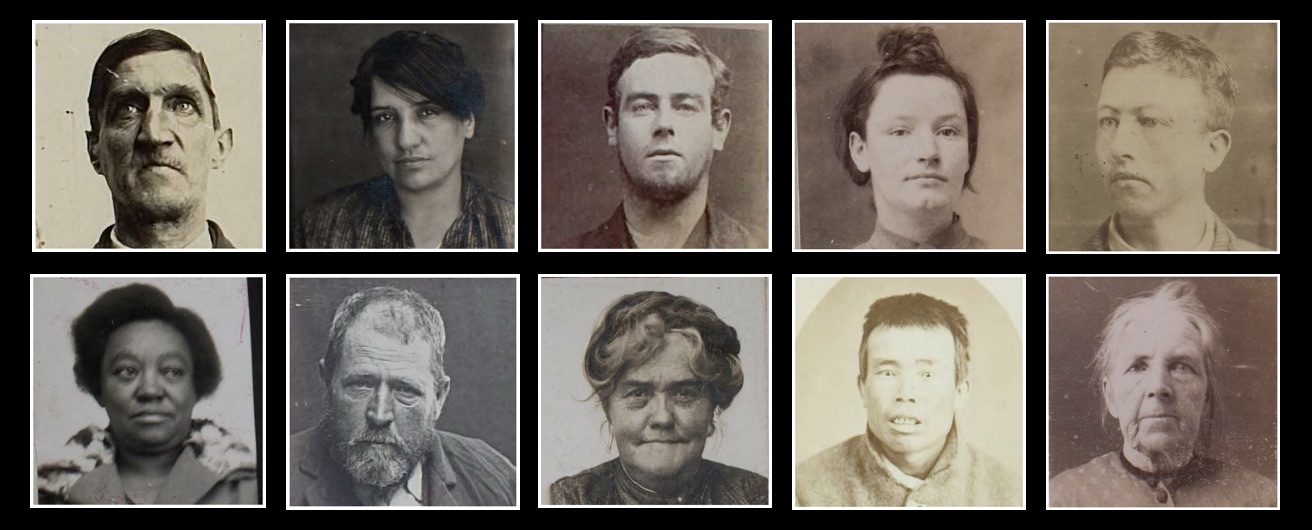False pretences was an offence under sections 149-153 of Victoria’s Criminal Law and Practice Statute 1864. It was defined as the use of any ‘false pretence’ to obtain chattel, money or valuable security with intent to defraud. The maximum penalty in most cases was 5 years imprisonment. However, section 152 also identified a special type of false pretence – that is taking a reward for the return of stolen property that they had been complicit in taking – as liable to up to 15 years imprisonment.
False pretences covered a range of fraudulent practices. The historical practice of allowing customers to buy goods on store credit in particular worked to facilitate such deceptions, for instance by enabling persons to pretend to be the servant or spouse of an individual with a line of store credit and buying goods against their name. An example of a case of false pretences is reported here.
